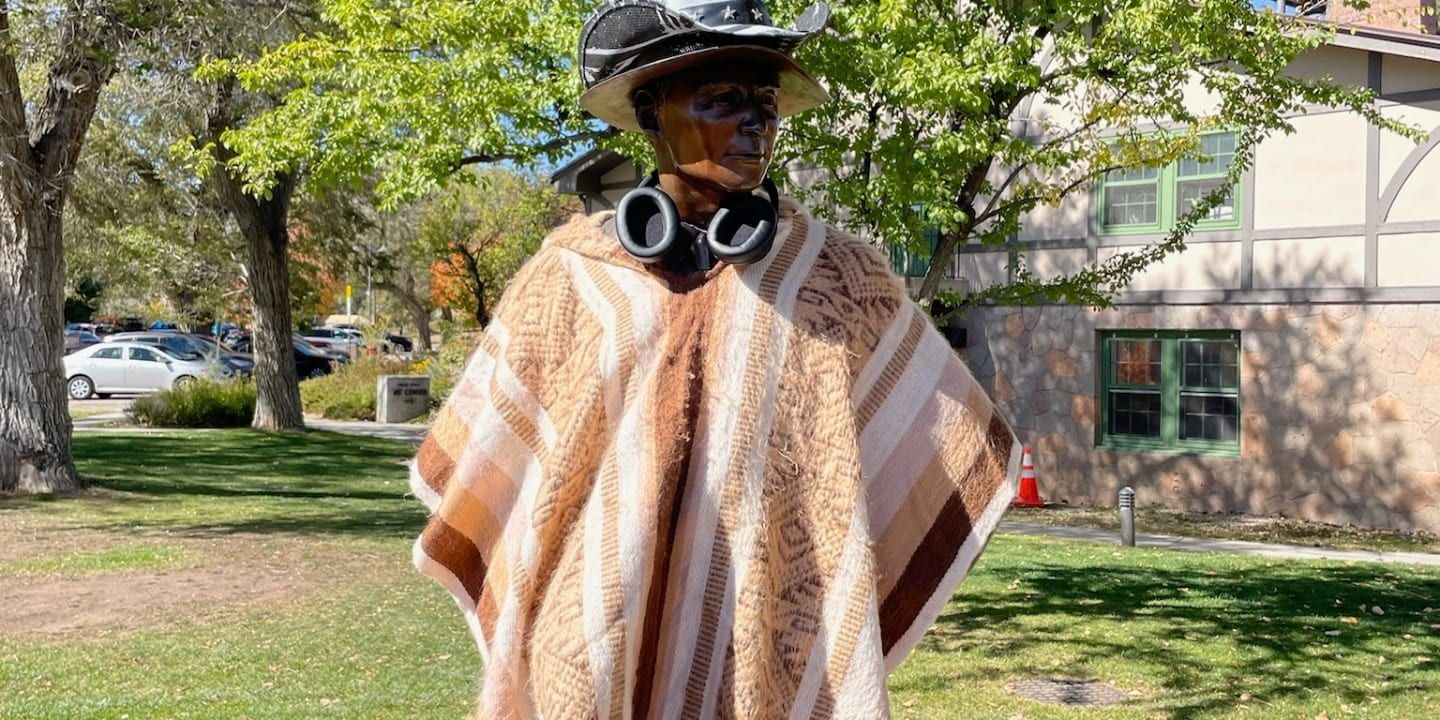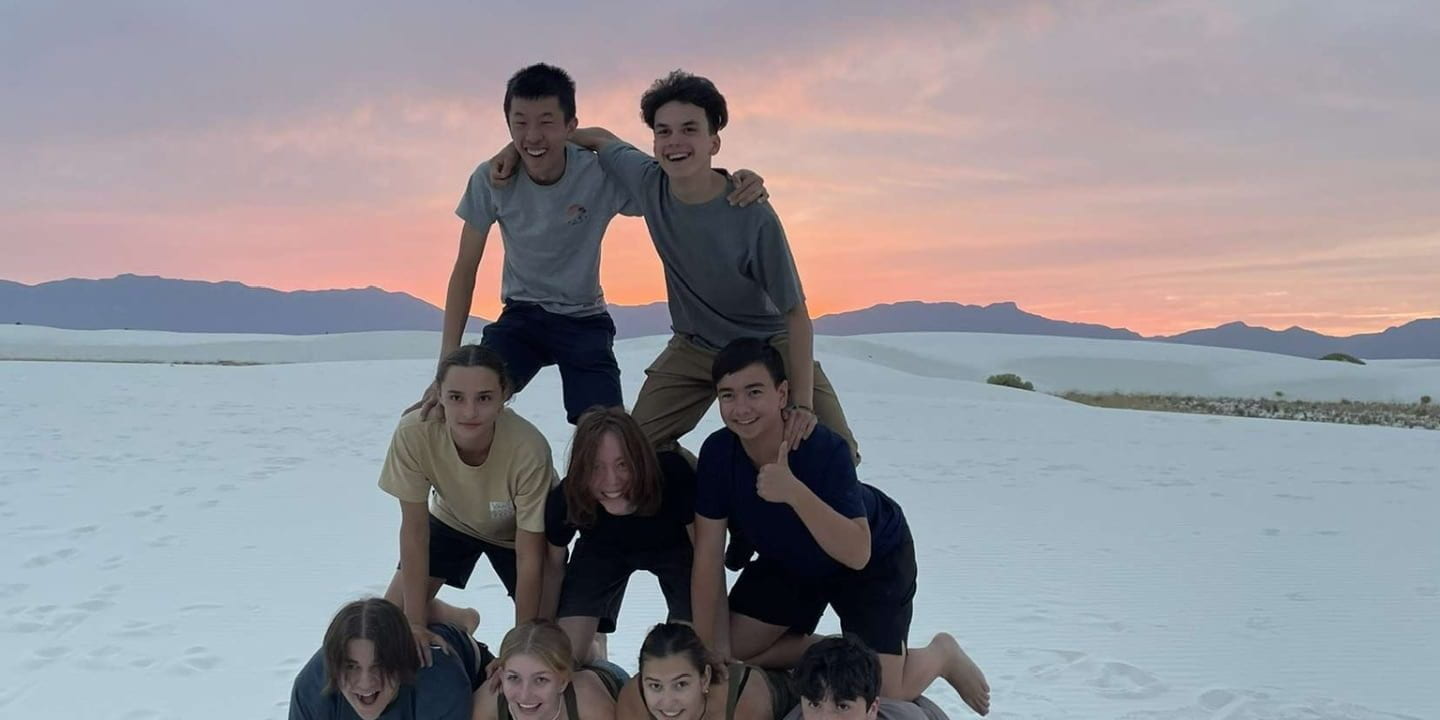Hello and welcome to the last blog post of the year. This post will cover my BC First Peoples 12 course and the 2024 Spring Exhibition.
Overall I did feel like most of what we learned in BCFP was a recap for me. I tried to find new take-aways and knowledge where I could, so I do feel like I now have a very solid understanding of many aspects of BCFP education. I was interested in the concept of Traditional Ecological Knowledge (TEK) and the role of plants in First Nations society. Then, I bridged it to my humanities upstander project where I was focusing on my mom as an upstander for health, wellness, and women’s equality. I was a little disappointed that we had to combine BCFP with Humanities for our exhibition because I feel like it diluted the messages of each aspect because there was more than one topic.
The Spring Exhibition was a great opportunity for me to showcase what I had learned in BCFP and to honor my mom at the same time. I always enjoy being able to talk about my work at exhibitions, and this time it was amazing to be bragging about my mum because I am so proud of her! It gave my whole project and presentation a different feel with the purpose of honouring my mum in mind. I felt a sense of pride sharing with others the knowledge I had gained and the connections I had made throughout the course. It was also amazing to see the work of the other BCFP blocks and my classmates and how they had interpreted the prompt in their own ways.
I believe that the combination of BCFP and Humanities for the exhibition actually turned out to be a positive thing in the end. It allowed us to explore the connections between the two subjects and to see how they can compliment each other. It was a great learning experience for me and I am grateful for the opportunity to be a part of it.
As the year comes to a close, I am thankful for all that I have learned and experienced in my BC First Peoples 12 course. I look forward to continuing my journey of learning and growth in the future. Thank you for following along with me on this blog and I wish you all the best in the upcoming year.
As Always,
Brooke



























